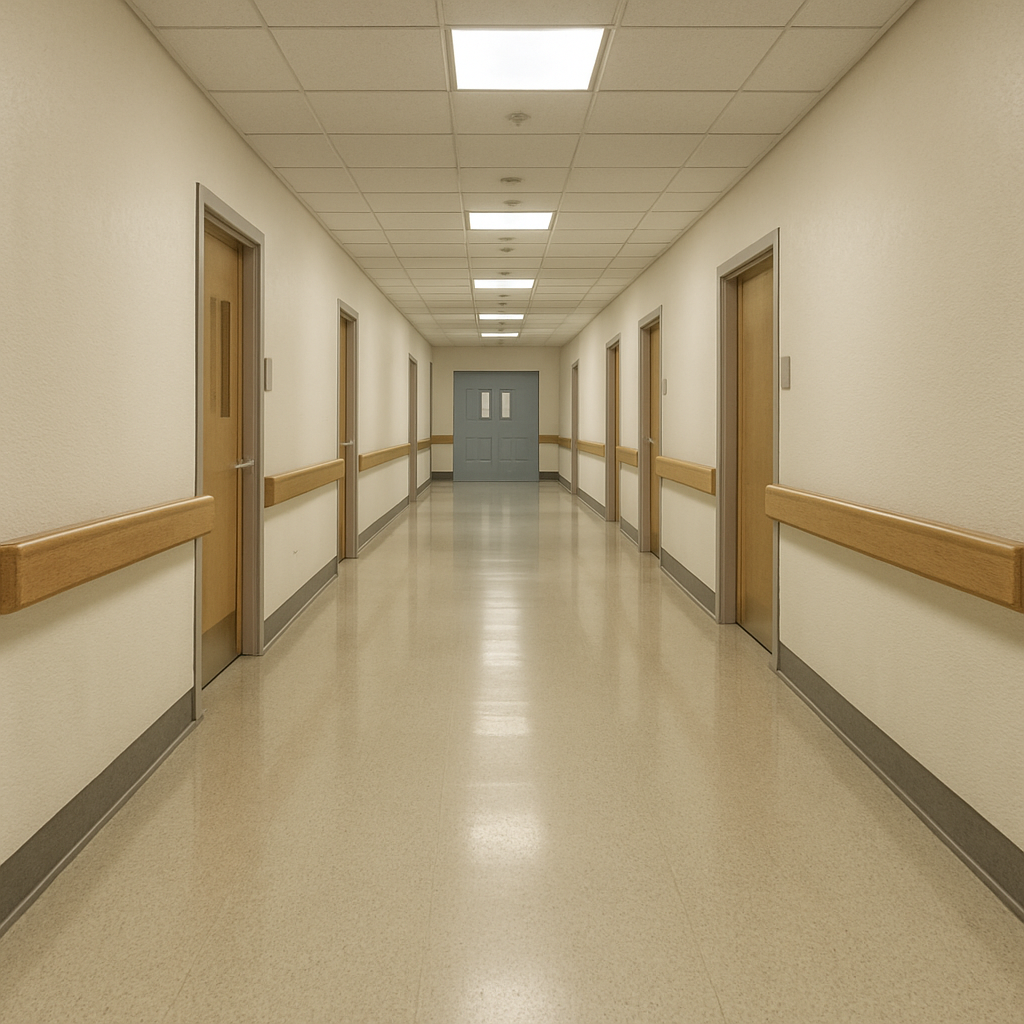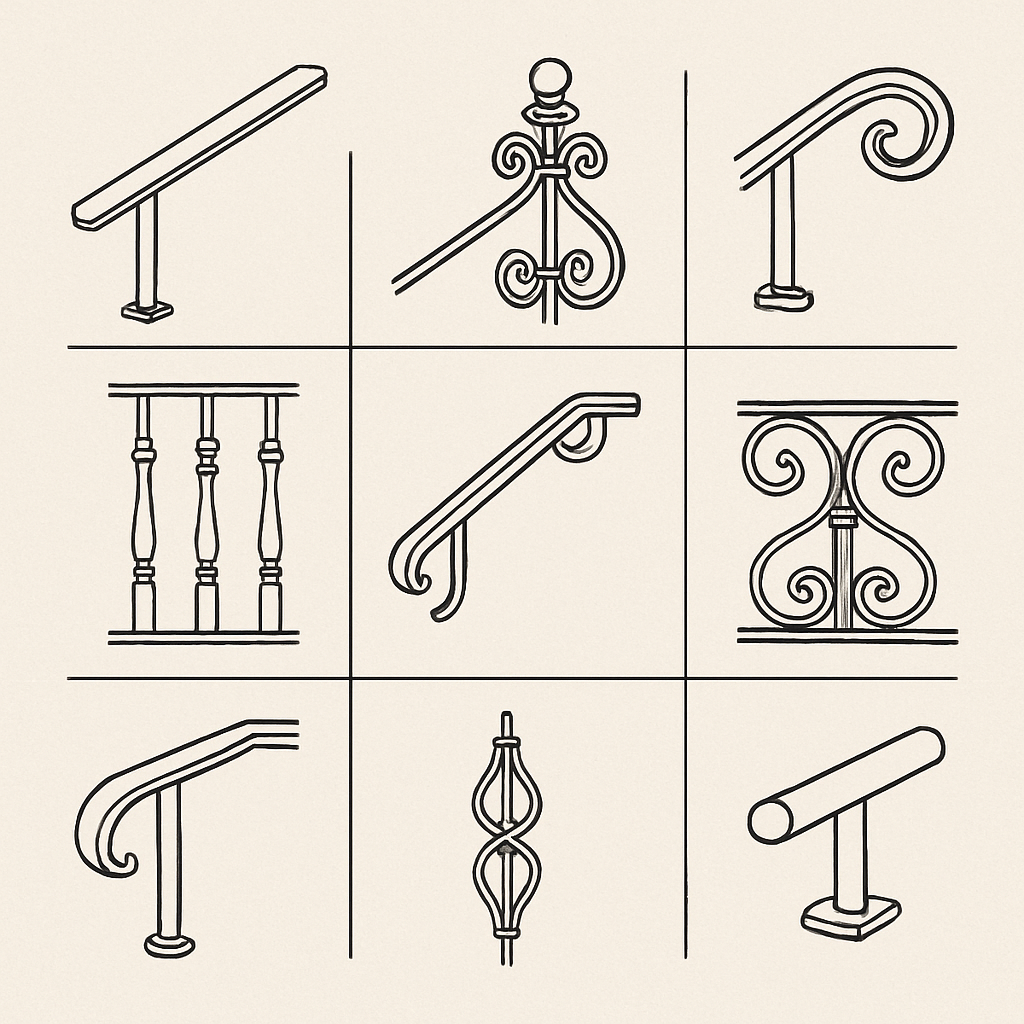 Service Hotline:13510328459
Service Hotline:13510328459
 205-206, 2nd Floor, Building 2, Xiazao Village Industrial Zone, Gaofeng Community, Dalang Street, Longhua District, Shenzhen City
205-206, 2nd Floor, Building 2, Xiazao Village Industrial Zone, Gaofeng Community, Dalang Street, Longhua District, Shenzhen City
 Service Hotline:13510328459
Service Hotline:13510328459
 205-206, 2nd Floor, Building 2, Xiazao Village Industrial Zone, Gaofeng Community, Dalang Street, Longhua District, Shenzhen City
205-206, 2nd Floor, Building 2, Xiazao Village Industrial Zone, Gaofeng Community, Dalang Street, Longhua District, Shenzhen City
Time:2025-09-15 Preview:
In the world of healthcare, patient safety is paramount. Hospitals strive to create environments that are not only healing but also secure for everyone who enters. One of the innovations in this area is the implementation of crash-resistant handrails. These specialized safety handrails are designed to withstand impacts, ensuring safety in bustling hospital corridors. This article will delve into the importance of these handrails, how they function, and the unique design elements that make them indispensable in medical facilities.
Safety handrails in hospitals serve a dual purpose. They provide stability for patients and staff and protect walls from damage. This is particularly crucial in high-traffic areas, where collisions are more likely to occur. The introduction of crash-resistant handrails has revolutionized this concept by offering enhanced durability and protection.
Hospitals are busy places with constant movement. Patients on gurneys, medical equipment on wheels, and staff in a hurry can lead to accidental bumps and impacts. Traditional handrails often succumb to such forces, leading to costly repairs and potential safety hazards. Crash-resistant handrails, however, are designed to absorb and dissipate these forces, maintaining their integrity and keeping corridors safe.

The design of crash-resistant handrails is a marvel of engineering. These handrails are constructed using high-impact materials that can withstand significant force. Typically, they are made from a combination of metal and high-density polymers, which provide both strength and flexibility.
Material Composition: The use of materials like stainless steel and reinforced polymers ensures that the handrails can endure impacts without breaking or bending.
Mounting Mechanism: The mounting system for these handrails is robust, often involving reinforced brackets and anchors that distribute force along the wall, reducing the risk of detachment during an impact.
Aesthetic Integration: While functionality is critical, these handrails also consider aesthetics. They are designed to blend seamlessly with hospital interiors, maintaining a professional and welcoming environment.
Ergonomic Design: The handrails are crafted to be comfortable to grip, catering to patients with various physical abilities.

Implementing crash-resistant handrails in hospitals offers numerous benefits, from enhancing safety to reducing maintenance costs.
The primary benefit is, of course, safety. These handrails provide reliable support for patients, particularly those with mobility issues. Moreover, by minimizing the damage from impacts, they ensure that hospital corridors remain free of hazards, like protruding or broken handrails, that could cause trips or falls.
While the initial investment in crash-resistant handrails might be higher than traditional options, they prove cost-effective over time. Their durability reduces the need for frequent replacements or repairs, and they protect walls from damage, saving on potential repair costs.
Hospitals are places of healing, and the environment plays a crucial role in patient recovery. By ensuring that corridors are safe and aesthetically pleasing, crash-resistant handrails contribute to a calming and supportive atmosphere, which can positively impact patient well-being.

To appreciate the effectiveness of crash-resistant handrails, it’s essential to understand their functional mechanisms.
When an impact occurs, these handrails absorb and distribute the force along their length. This is achieved through a combination of material properties and design geometry, which allow the handrail to flex slightly without breaking.
The materials used in crash-resistant handrails are selected for their ability to dissipate energy. This means that when a collision occurs, the energy from the impact is spread out, reducing the force that any one part of the handrail must withstand.
Thanks to their reinforced construction, these handrails maintain their structural integrity even after multiple impacts. This reliability is crucial in a hospital setting, where the safety of patients and staff is always a priority.
Crash-resistant handrails are a vital component of modern hospital design. They offer unparalleled safety and durability, ensuring that hospital environments remain conducive to healing and efficiency. As hospitals continue to seek ways to improve safety and patient care, innovations like crash-resistant handrails will undoubtedly play a significant role. Their ability to withstand impacts without compromising safety or aesthetics makes them an essential investment for any healthcare facility.
In the ever-evolving field of healthcare, where patient safety and operational efficiency are paramount, crash-resistant handrails stand out as a testament to the power of thoughtful design and engineering. As more hospitals adopt these innovative solutions, we can expect to see safer, more resilient healthcare environments that cater to the needs of both patients and staff alike.
